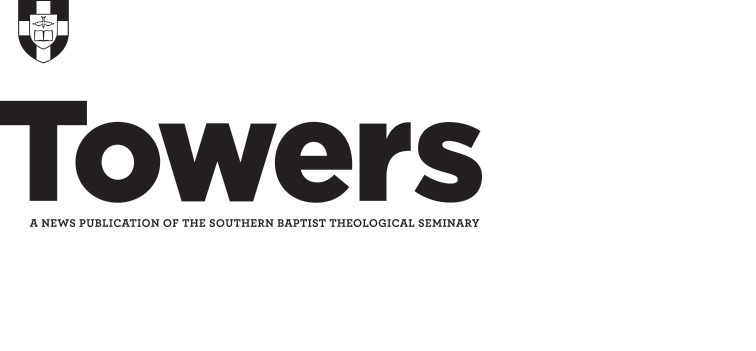EDITOR’S NOTE: Below, Towers book review editor Matt Damico reviews What Is Biblical Theology? by James M. Hamilton Jr. An interview with Dr. Hamilton concerning his book can be found here.
Author N.D. Wilson recently wrote,
“‘Story, story, my life is a story,’ says the hipster to his Twitter feed.” But, as Wilson admits, the hipster is at least partially right. Life is a story. James M. Hamilton Jr., in his new book, What Is Biblical Theology?, urges readers to fit their story into a larger, grander story.
“This book is about the Bible’s big story, and it’s about how we become people who live in that story,” Hamilton writes. “One of the best things that can happen to us is discovering our role in the real story of the world.”
This story — with a divine protagonist in conflict with an infinitely outmatched antagonist — finds its full expression in Scripture, and, according to Hamilton, people interested in being on the right side of the conflict would do well to give themselves to the study of this story, and to do so through biblical theology.
“Biblical theology is not just an interesting topic,” Hamilton writes. “It informs who we are and how we live. It’s a way of getting out of a false world and into the real one, a transporter enabling us to inhabit the story of the Scriptures.”
Hamilton defines biblical theology as “the interpretive perspective of the biblical authors,” which consists of “the framework of assumptions and presuppositions, associations and identifications, truths and symbols that are taken for granted as an author describes the world and the events that take place in it.”
What Is Biblical Theology? attempts to introduce readers to the world as the biblical authors see it. Hamilton makes the attempt in the book’s three parts: the first covers the Bible’s storyline, the second explores the Bible’s symbolic universe and the third traces the church’s role in the story.
Each part both instructs and models how to read the Bible like a biblical theologian, highlighting the Bible’s interconnectedness and interpreting the part in light of the whole.
One example of how to read this way comes in the chapter on imagery, where Hamilton develops the Bible’s temple imagery. He begins by showing how God created the world as a temple where his presence would dwell and where he would receive worship. Israel’s tabernacle and temple, then, were meant to be “an image of the cosmos … small-scale versions of the world God made.” Bible readers will notice that the biblical events where these “temples” are destroyed — the flood, the Babylonian invasion — include language describing these events in terms of de-creation.
This imagery comes together when Jesus, who described himself as a temple, was himself destroyed. His destruction, the biblical authors note, was accompanied by de-creation language about the earth quaking and the sky darkening. Noting the previous use of temple imagery and how biblical authors describe temple destruction helps readers understand what the Gospel writers intend to convey in the events surrounding Jesus’ death.
Similar examples that model how to read the Bible are all over this book. Those who read What Is Biblical Theology? won’t merely learn what biblical theology is, they’ll find themselves on a tour of that biblical story. Careful readers will learn the story better and they’ll learn how to read and interpret the story more faithfully. Hamilton proves a trustworthy guide who has traversed the terrain himself and knows it well. The reader should beware, however, that while Hamilton is happy to take readers into the thought-world of the biblical authors, he’s just as happy to leave them there.
(Crossway 2013, $12.99)




